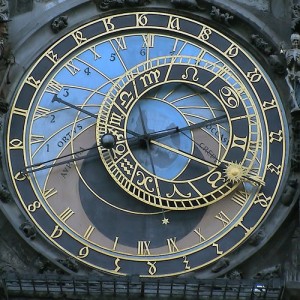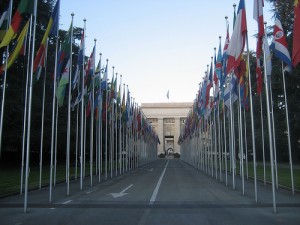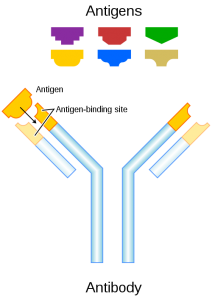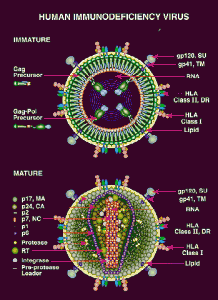 Image from flicker by jefferyw
Image from flicker by jefferyw
Diet trends come and go. (Anyone remember the Atkins’s diet?) The newest fad that has seemed to appear is the gluten-free lifestyle, claiming to help you lose weight, increase energy, and decrease that bloated feeling. However, there have been increasing cases of gluten sensitivity that have emerged due to various external factors. So is gluten sensitivity really becoming more common? Or is being gluten-free another diet fad?
Gluten is a protein found in wheat, barley, and rye. It is what gives our breads the texture we love. It gives pizza dough its stretchy consistency. It gives soups and stews viscosity.
However, gluten proves problematic for people with celiac disease, which affects around 1 in 133 Canadians. Celiac disease is a disorder where a person is not able to digest gluten protein as the body sees it as an invader and attacks it with antibodies and at the same time injuring the small intestine. This damage causes nutrients not be absorbed properly through the villi in the intestine, consequently causing the individual to be malnourished and feel sickly. Other symptoms include fatigue, skin problems, and even depression.
Brown, from the John A. Burns School of Medicine at the University of Hawaii, believes that gluten sensitivity is emerging as a separate condition from celiac disease. The increase in cases of gluten intolerance may involve plant genetic modifications, gluten as a food additive, environmental toxins, and human genetics.
Gluten intolerance is now starting to be seen as a spectrum where at one end is celiac disease, and at the other end is a person who seems to be digesting gluten fine. However, gluten is generally a protein that is not easily digested by humans. Everyone has a limit to the amount of gluten that the body will digest with ease.
People with even just a low level of gluten sensitivity may live a gluten-free lifestyle simply because it makes them feel better. However, switching to gluten-free is not an easy step and requires planning. Although gluten-free foods are now easier to find at your local grocery store, they are not necessarily healthy. Many of these pre-packaged foods are loaded with extra sugar or fat in order to make the food taste better. So skip the gluten-free brownies. A gluten-free diet is only a healthy one if you consume adequate fruits and vegetables, lean high quality meats, and substitute your usual carbohydrates with rice and grain-like crops like quinoa.
Gluten sensitivity has been found to be more common than it has been previously, especially affecting those with an eastern European background. Along with this increase has been a rising trend in individuals who choose to eat foods without gluten even though they do not need to, and claim to feel much better living that lifestyle. Ultimately,eating gluten-free is not a dangerous fad diet, but is rather a very healthy lifestyle if done properly.

 (Artist’s concept of Kepler-22b from Kepler: Home Page)
(Artist’s concept of Kepler-22b from Kepler: Home Page)


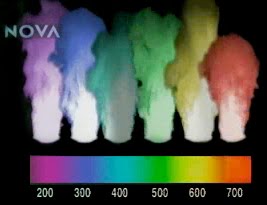 Visible light of different wavelengths is detected by our eyes as a range of colors. Of the light that we can see, red has the longest, and violet has the shortest wavelength.
Visible light of different wavelengths is detected by our eyes as a range of colors. Of the light that we can see, red has the longest, and violet has the shortest wavelength.

